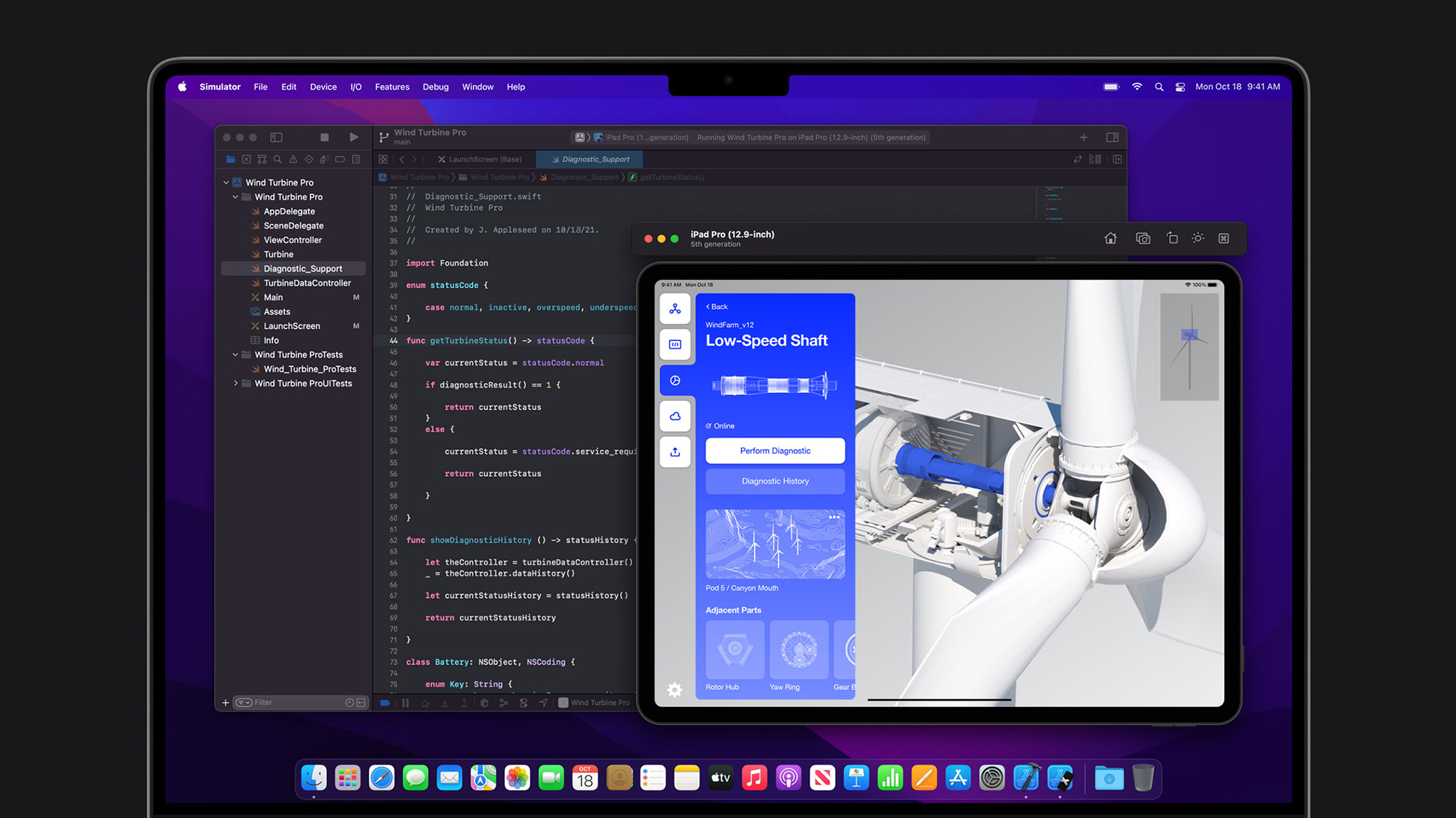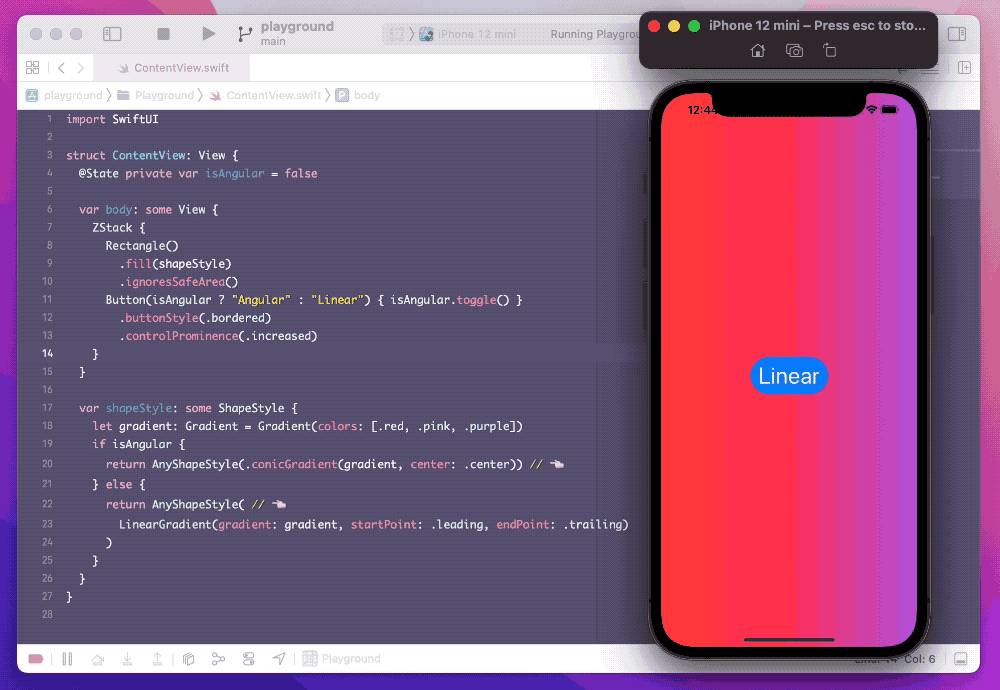

PS: even if you have a Mac with 256 gb or more of storage I think this is how you should install or update Xcode. In this video well look at how to install and uninstall the Xcode Command Line Tools (Xcode CLT), using xcode-select, xcrun, and the Apple Developer downloa. This is how I will be updating or installing Xcode going forward. (Leaving it in the applications folder will only take up more precious hard disk space). xip file or move it someplace else if you would need it in the future. xip file and then begin expanding the file, then it would install Xcode. xip file from, you will need to drag the file into the Applications folder on your Mac. xip file, you’ll need to uninstall Xcode from your computer before installing the download, or you will have 2 versions of Xcode on your computer and that would take up a lot of precious hard disk space.Īfter downloading the. Had I known, that is what I would have done from the beginning. Perhaps I should try this and see if it will truly uninstall Xcode so that I can get GPX files to load on Xcode. I had a quick look at this tool on GitHub and I noticed it has the uninstall command. Which means I didn’t code as much as I usually do yesterday. I just want to run Xcode Version 13.4.1 (13F100) perfectly without any issues. Like it literally took me the whole of yesterday to update to Xcode 13.Īfter downloading over 20 gigabytes (for a download that should be just above 12 gigs), the update failed.

Because Xcode is now a single file, you can uninstall it by. It has been my experience for the last three or so years I’ve been using Xcode that it takes most of the day to update or install it. Previous versions of Xcode required a complex manual uninstall script. If you have a MacBook with 128 gigabytes of hard disk, I would strongly suggest you do not update or download Xcode via the App Store.


 0 kommentar(er)
0 kommentar(er)
